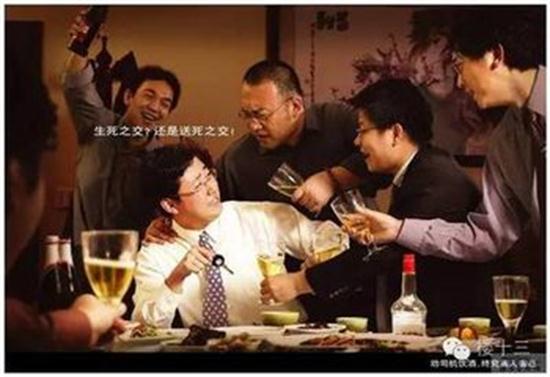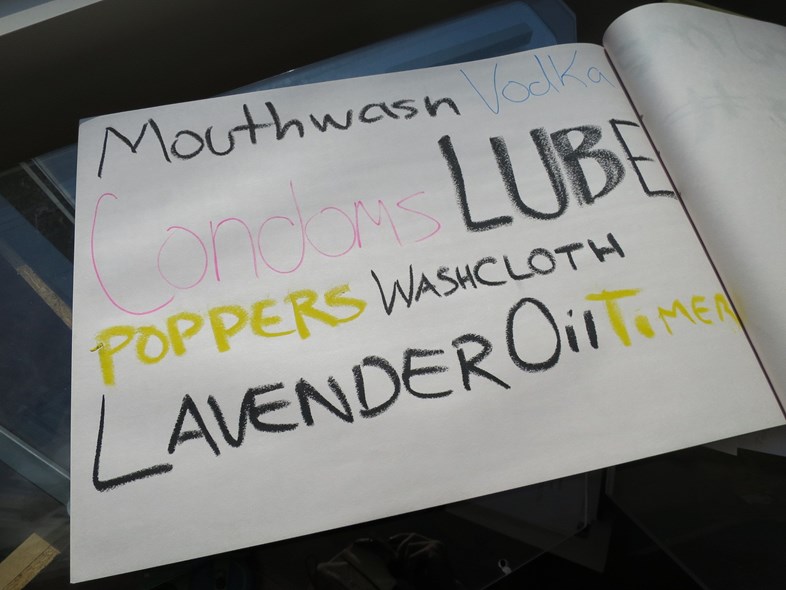Every fifteen minutes, someone in the United States dies from an alcohol related or texting while driving traffic collision. Through conceptual and intervention art, the program “Every 15 Minutes” brings this tragic statistic to life, by presenting an interactive and dramatic performance that illustrates the dangerous consequences of drunk driving and texting while driving. The event involves the entire community, including students, parents, educators, school administrators, health systems, law enforcement personnel, and Funeral Homes. The day begins with a “Grim Reaper” who removes a student every fifteen minutes from their classroom. The student returns “dead,” enacted with face makeup, a coroner’s tag, and an inability to speak or interact with any other students for the rest of the day. Emotions really begin to stir after lunch, when a simulated traffic accident is enacted on school grounds. The simulation is all too real, as rescue workers, fire-fighters, and paramedics pull the bloodied bodies out of the disfigured vehicle, putting the dead in bags for the morgue, the injured on a stretcher for the emergency room, and the “drunk” driver in the police car for jail. The participants are then sent on an overnight retreat to simulate the separation from friends and family, and they are shown the video of their death. The next day, there is an assembly in which the participants read letters to their parents, the parents read letters to their kids, and speakers come to tell their personal stories of loss due drunk driving and texting related car accidents. This event can be considered conceptual art because the concept of the work holds more worth than its aesthetic value. The event can also be considered art intervention, as this form of art defines itself as an interaction with an audience, venue/space or situation, often in the form of performance art. Moreover, intervention can refer to art which attempts to change an existing condition outside the art world, such as an economic or political situation, or in this case, an attempt to make people aware of a condition that they may not have known much about prior. Most importantly, “Every 15 Minutes” is art because it evokes painful, yet powerful emotions, the most effective method in promoting change. The performance is so powerful firstly because it is hands on and interactive, removing the boundary between audience and performer. Research shows that those who learn from hands-on experience retain two to four times more than those who learn from just listening, or from listening and seeing. Parents, teachers, and classmates who witness the crash are not only disturbed and moved to tears by the scene, but those within the scene are as well. These students experience first hand, the sensations of being involved in a tragic, alcohol-related and texting while driving collision, and this realistic experience is profoundly affecting. For these reasons, this program is extremely effective in raising awareness and preventing alcohol and texting related fatalities. “Every 15 minutes” reaches a widespread audience as well. In 2014, the program was hosted at 33 different schools across the country. A survey of over a thousand participants from 47 high schools students found that after the program, students had decreased the number of daily and weekly drinking episodes, were less likely to drive when drinking, less likely to be a passenger with a driver who had been drinking, more likely to watch and worry about how much their friends are drinking, more likely to prevent their friends from driving when the friends are drinking and more likely to designate a non-drinking driver, more likely to talk with their parents and teachers about drinking, more likely to buckle their seat belts, and the list goes on. Drunk driving and texting while driving is not only dangerous but also illegal. “Every 15 Minutes” is a brilliant program because it utilizes the power of art to expose the deplorable nature of this choice







